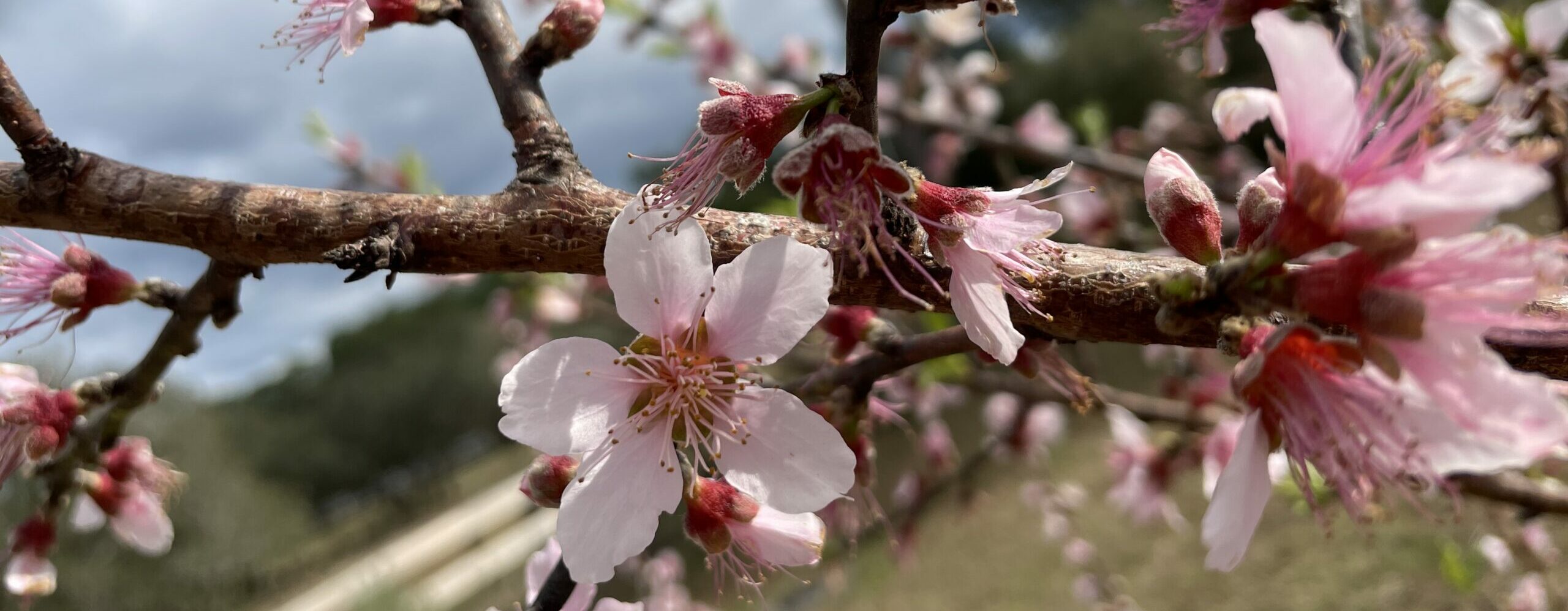Get ready to garden by following these helpful tips to make sure you are on schedule for the upcoming growing season.
- Test the pH on several areas of your garden and yard. Do not add lime to raise the pH without doing a soil test to see if you actually need to raise the pH. It is more difficult to lower the pH than to raise it, so reversing this error will be a headache. You can purchase a soil test kit or, if you live in Florida, contact your local University Extension Office to find out how to submit a soil sample for testing.

- Order warm season vegetable and flower seeds, seed potatoes, seed starting kit or large seed propagation trays, seed starting mix, fertilizer, grow lights, germination heat mats, and any other seed starting products you may need.

- Tool Maintenance: Clean and oil all your metal garden hand tools. Sharpen pruning shears, shovels, pocket knives, and loppers with a dual-grit diamond sharpening file.
- Mower Maintenance: Sharpen mower blades. Change the oil on your mower and check belts. Empty out the old gas. Make sure the gas and air filters are clean. Refill tank with fresh gasoline containing a gas stabilizer and Ethanol Shield. Filter out water from the gasoline each time as you pour it into the tank. I recommend using a Mr. Filter Fuel Filter Funnel. Gasoline is hydroscopic, which means that it attracts moisture, so it is important to remove the water so that your gas-powered equipment doesn’t end up in the repair shop.
- Two Cycle Equipment Maintenance: Empty old gas out of tanks and mix fresh gas and oil in a gas can. If you do not purchase ethanol free gas, add Ethanol Shield gas treatment. Sharpen chainsaw blades.
- Battery-Powered Equipment: Check all of your rechargeable batteries to make sure they are holding a charge and are ready for use. Replace any batteries that will not charge.
- Tarp areas of your garden that are not in use to prevent weed seed germination.
- Prune Grape Vines (January – March): Trim tendrils and branches off the main leader leaving 2-3 buds per spur.
- Prune fruit trees: Remove cross branches and branches growing straight up. For detailed information on how to prune trees, read the blog titled, Winter Pruning by the University of Florida.

- Prune rose bushes after last frost. Remove all dead wood and cross branches as well as small or weak growth. Prune to desired shape.
- Plant fruit trees, deciduous trees & shrubs, camellias, berry bushes, grape vines, and annual bedding plants.
- Indoor Seed Starting: Start tomato, pepper, and eggplant seeds indoors in early February. Start melon seeds at the end of February.

- Direct Seed: You may still have time to sow some of the cool season vegetable plant seeds directly into your garden. This would include beets, carrots, collards, English peas, kale, kohlrabi, lettuce, mustard greens, parsnips, radish, spinach, and turnip.
- Potatoes: Plant white potatoes around the middle of February.
- Flowers: Plant perennial flower plants.
- Strawberries: Stop fertilizing to allow blooms and berries to form.
- Onions: At the end of February, bulbs should start to form. Stop fertilizing so energy is placed into the bulb and not into growing more green tops.
Fertilizing Schedule:
- Blackberries: Fertilize using 10-10-10 plus micronutrients, ¼ to ½ lb. (1/2 to 1 cup). Be careful not to burn the roots since they are located close to the surface. Do not fertilize newly planted blackberries until late spring or summer.
- Blueberries (Established): Fertilize using a urea nitrogen or ammoniacal nitrogen rather than nitrate. 12-4-8 plus 2% magnesium, 2 oz. (4 TBS) in their second year of growth. In year three and greater, fertilize with 3 oz. (6 TBS).
- Peaches, Nectarines & Plums (Year 1): Fertilize with 1/8 lb. (1/4 cup) with 12-4-8 plus micronutrients.
- Pecans (Established Bearing) Trees: Apply 2-4 lbs. (4-8 cups) per trunk diameter (measured one-foot above ground) using 10-10-10 plus micronutrients (especially zinc).
- Citrus:

- For trees that are one year old, apply ½ to 1 ½ cups of 6-6-6. Repeat five more applications during the summer until the end of September.
- For citrus trees that are two years old, apply 2-4 cups of 6-6-6. Repeat four more applications during the summer until the end of September.
- For citrus trees that are 3 years old, apply 3 ½ to 7 cups of 6-6-6. Repeat three more applications during the summer until the end of September.
- For citrus trees that are 4 years old, apply 5 ¼ to 6 ½ cups of 10-10-10. Repeat two more applications during the summer until the end of September.
- For citrus trees that are 5+years old, apply 7 ¼ to 9 ¼ cups 10-10-10. Repeat two more applications during the summer until the end of September.
For information about what gardening chores to do in January, see my blog titled, January Garden Calendar & Chores


